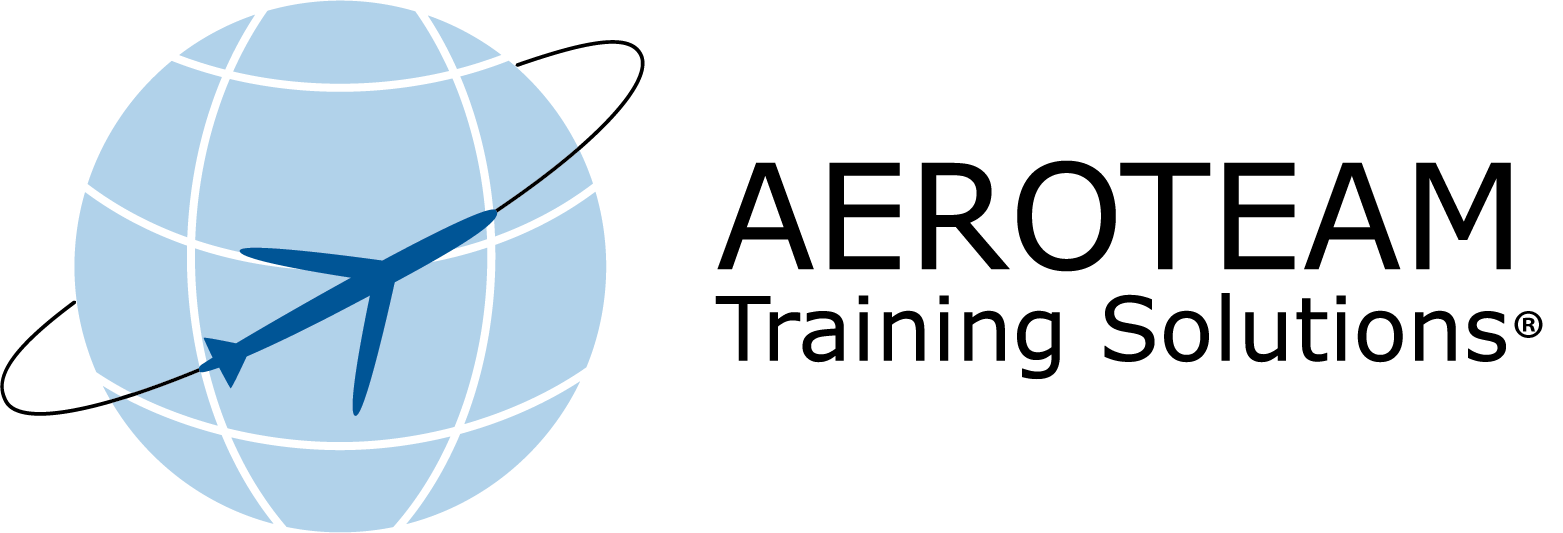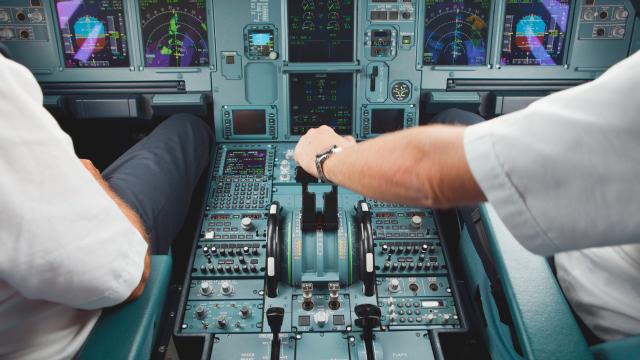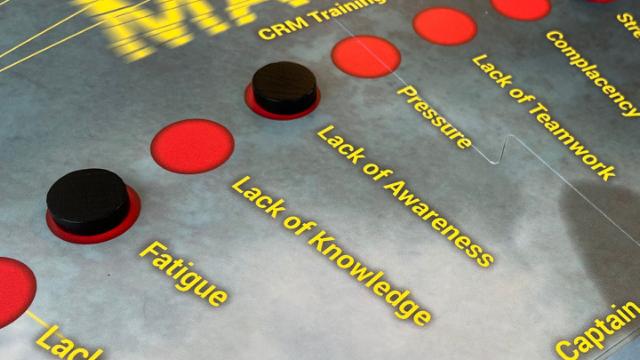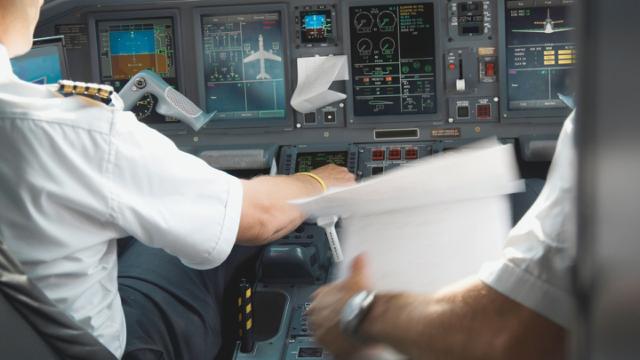
Examining the Evolution of
Human Factors Training in Aviation
For almost 40 years, human factors training has been an integral part of the aviation industry. But how did it start? And how has the training scope, purpose, and standardisation evolved since the 1980s?
Tenerife, March 1977. Two Boeing 747’s collided on the foggy runway as a result of miscommunication. 583 lives were lost in the accident that day. A day which has since been known as the Tenerife Airport Disaster. In 2024, it remains the deadliest accident involving pilot error.
Tragedy often inspires new initiatives, mindsets, and regulations. The accident in 1977 was no exception. It had a tremendous impact on the aviation industry, particularly in terms of training of non-technical skills and factors which impact human performance.
In this article, we examine how human factors training as a field has evolved. The 1980’s and 1990’s experienced some of the deadliest human error-related accidents ever recorded. As a consequence, the global aviation industry has gradually expanded human factors training from the cockpit to the cabin, the control tower, and the hangar.
From Good Idea to Mandatory Requirement
Since the introduction of human factors training, focus has shifted from making sure that the individual had the knowledge, skills, and attitude to limit human errors to ensuring a strong safety culture across the entire organisation.

Even though human factors as a training field gained prominence among airlines in the 1980s, it was not until the late 1990s and early 2000s that training in human factors became a formal training requirement.
Since then, the Federal Aviation Administration (FAA), the EU’s Aviation Safety Agency (EASA), and the International Civil Aviation Organization (ICAO) has mandated human factors for pilot, cabin crew, and maintenance training programmes. The requirements emphasise comprehensive training in human factors with the purpose of enhancing safety and efficiency in the operational environment.
The Evolution of Training
Following the Tenerife Airport Disaster and other similar accidents, aviation experts began to acknowledge the critical role that human factors play in aviation. This inspired new training programmes, focusing on human factors themes such as:
- Human performance limitations
- Communication and decision-making
- Management of error
During the same period, training concepts like Crew Resource Management (CRM) and Threat and Error Management (TEM) emerged, expanding the field of human factors training to include CRM principles. Principles which focus on enhancing skills in teamwork, communication, and decision-making. TEM, on the other hand, revolves around identifying and mitigating threats and errors in the operational environment with the purpose of enhancing safety and efficiency.
Read more: A Price on Safety? The Return of Investment of Aviation Training
For more than 15 years, human factors training has been influenced by technology. Digital training tools, virtual reality, and advanced simulations all provide more immersive and interactive learning experiences in which pilots, cabin crew members, and maintenance staff are able to train communication, teamwork, and decision-making in a scenario-based and realistic environment.

At the same time, the aviation industry has increasingly adopted a strong focus on the organisation. Human factors not only revolve around individual skills. Training in this important area should also address the organisational culture, leadership style, and safety management system. These factors are equally important, and the training should aim to create a safety culture which permeates all levels of the organisation. From management to employees – and vice versa.
We Can Train, Not Prevent
It is clear that regulatory bodies, industry associations, and leading organisations have made collaborative efforts to develop common standards, formulate best practices, and standardise human factors training across the industry.
Still, we cannot completely eradicate human factors. Instead, we must acknowledge that human factors and human failure can occur at any stage of the operation. From initial aircraft design, manufacturing, and construction to the flight, maintenance, and repair phases. Essentially, human involvement will always be accompanied by the risk of errors.
Generally, these errors are well-managed due to non-technical training, practical experience, and SOPs. That is also why human factors training has become an integral part of the operation and management of safety.
Explore Our World of Active Learning
Get acquainted with MAYDAY - an interactive training solution for the global aviation industry.






